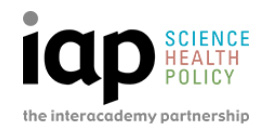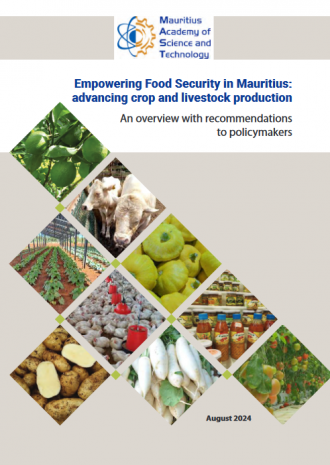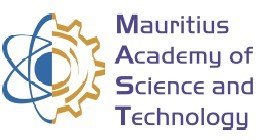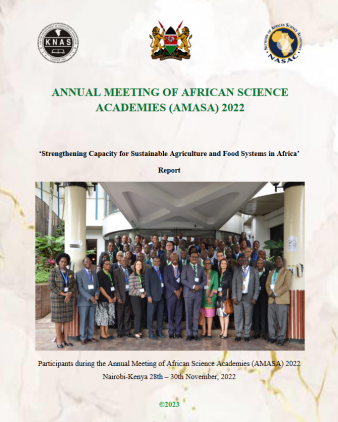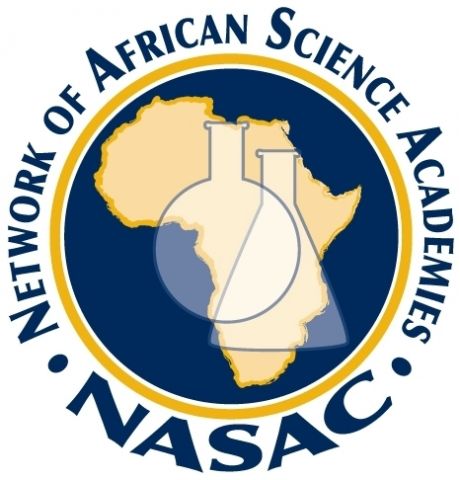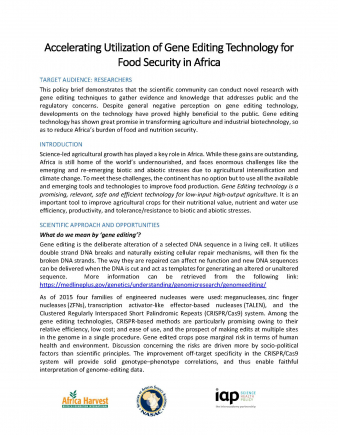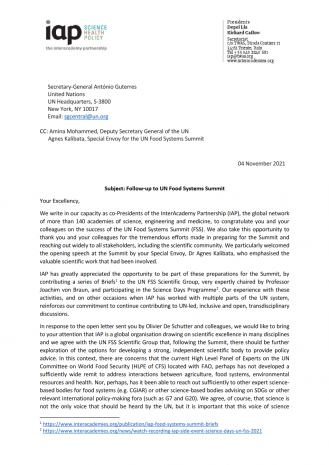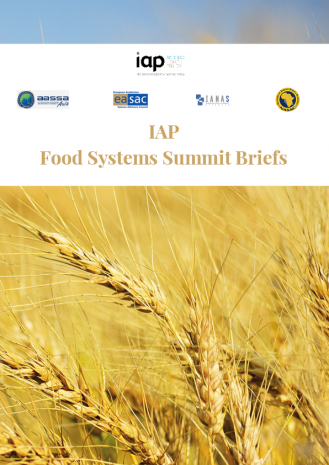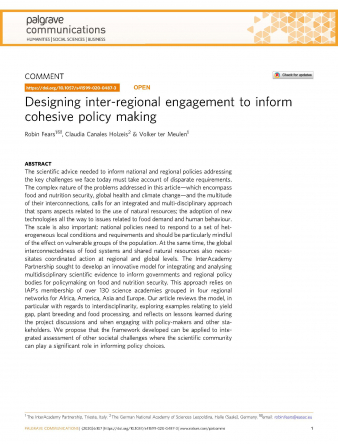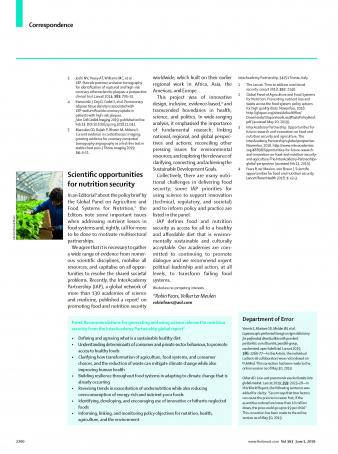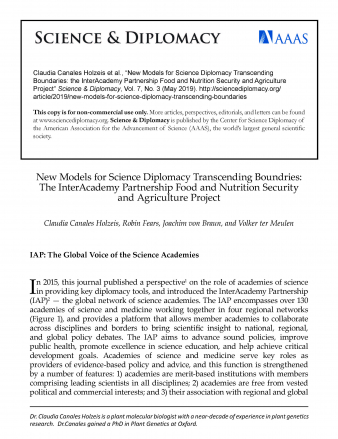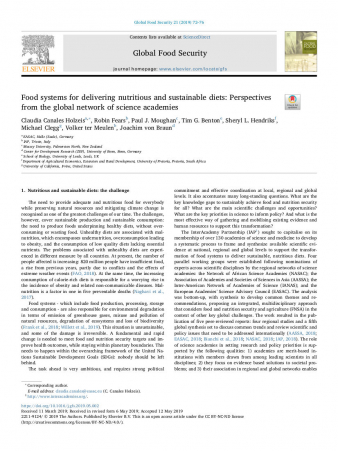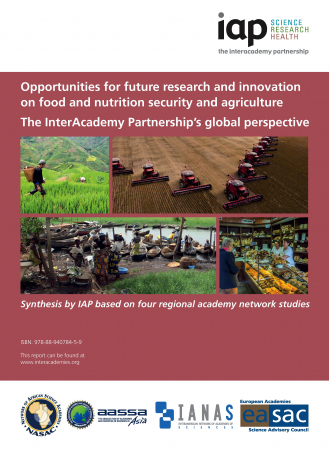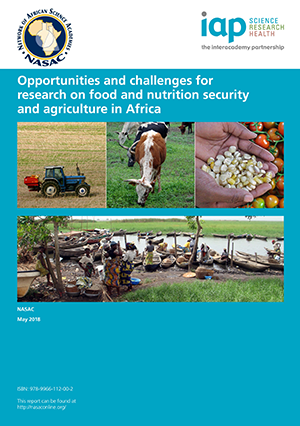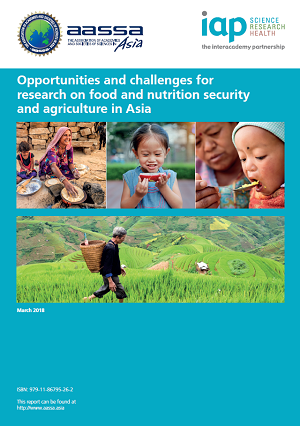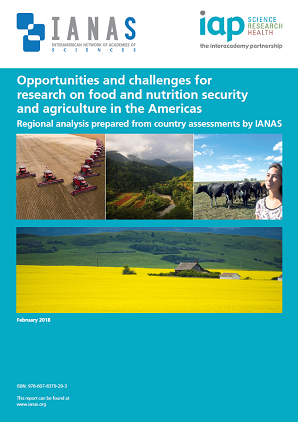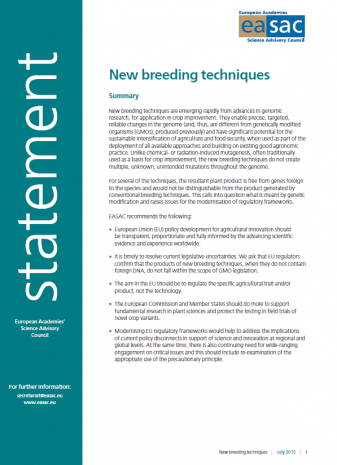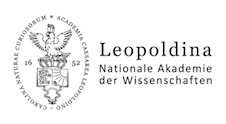Food and Nutrition Security and Agriculture
Overview
For this three-year project funded by the German Federal Ministry of Education and Research (BMBF), four parallel regional academy network working groups were constituted: in Africa (led by the Network of African Science Academies, NASAC), Asia (led by the Association of Academies and Societies of Sciences in Asia, AASSA), the Americas (led by the Inter-American Network of Academies of Science, IANAS) and Europe (led by the European Academies’ Science Advisory Council, EASAC).
Regional and global reports on Food and Nutrition Security and Agriculture (FNSA)
The academies’ experts on Food and Nutrition Security and Agriculture (FNSA) from the four global regions decided on 10 guiding priority questions. The responses from each region formed the basis of the academies’ analysis. The 4 regional working groups developed their advice which were then subject to academy-nominated independent peer review and endorsed by each regional academy network.
The 4 regional reports are:
- Opportunities and challenges for research on food and nutrition security and agriculture in Africa
- Opportunities and challenges for research on food and nutrition security and agriculture in Asia
- Opportunities and challenges for research on food and nutrition security and agriculture in the Americas
- Opportunities and Challenges for Research on Food and Nutrition Security and Agriculture in Europe
The feedback to the four regional reports was used as a resource to prepare a fifth, global report under the auspices of an expert editorial group:
The global report was independently peer reviewed, endorsed by IAP and published in November 2018. The report has been presented and discussed at a number of scientific conferences worldwide, including the World Science Forum, the World Health Summit, and the S20 meeting.
At the request of the chairs of the United Nations Food Systems Summit (UN FSS) Scientific Group, in 2021 IAP also delivered 4 regional and 1 global policy briefs based on the previous reports, updated with recent scientific evidence, policy development and assessment. These were published by the UN FSS and IAP brought them together in a single volume as a resource to help stimulate further discussion and action:
Key questions of the Food and Nutrition Security and Agriculture (FNSA) project
The key questions answered by each of the reports from a regional perspective were:
- What are key elements to cover in describing national/regional characteristics for FNSA?
- What are major challenges/opportunities for FNSA and future projections for the region?
- What are strengths and weaknesses of science and technology at national/regional level?
- What are the prospects for innovation to improve agriculture (e.g. next 25 years) at the farm scale?
- What are the prospects for increasing efficiency of food systems?
- What are the public health and nutrition issues, particularly with regard to impact of dietary change on food demand and health?
- What is the competition for arable land use?
- What are other major environmental issues associated with FNSA at the landscape scale?
- What may be the impact of national/regional regulatory frameworks and other sectoral/inter-sectoral public policies on FNSA?
- What are some of the implications for inter-regional/global levels?
Project rationale
At a time of increasing pressures from population growth, climate change, social and economic inequity and instability, the continuing need to avoid further loss in ecosystem biodiversity, and pressures on other critical resources (such as water and energy), there are major challenges in delivering food and nutrition security.
While agriculture has a central role to play in tackling food and nutrition security, viewed more broadly, food and nutrition security also relies on physical, biological, socio-political and economic environments.
Furthermore, tackling the challenges of sustainable agriculture requires the deployment of all available approaches, including both traditional and novel, building on the existing achievements of good agronomic practices.
For food (including nutrient and micronutrient) security, there is an ongoing need to identify and tackle key targets and to link health-related indicators with the Sustainable Development Goals. Under the project, work focused on food production issues as well as issues related to the demand-side and other considerations (e.g. the need to reduce food loss and waste, and the impact of changing food preferences and dietary composition).
The project produced four regional reports along with a global synthesis that highlights the similarities and differences between the regions, providing advice and recommendations for implementation at global, regional and national levels, customised according to local circumstances and strategic needs. Indeed, a core part of this IAP activity is to combine the twin goals of delivering strong, consensus messages at the global level, with clarification of the scientific basis of current disparities in policy expectations and objectives and future options in different regions of the world.
Main Activities:
Regional Activities:
Each of IAP’s regional networks established its own Working Group to produce the regional deliverables, identifying inter-regional issues and providing information to feed into the global phase.
Global Activities:
The project was initiated with a meeting at the German National Academy of Sciences, Leopoldina, in Halle (Saale), Germany, 31 May - 2 June 2015. This meeting sought the advice of experts from around the globe to clarify the choice of topics where work by IAP and its regional academy networks might add value to the considerable work already conducted by many other scientists in seeking to advise policy-makers. To this end, experts from IAP’s affiliated regional networks discussed the issues at stake, drafted a project roadmap, and agreed on a focus of the working groups’ activities as well as a suitable timeline.
A review meeting in Hermanus, South Africa, on 28 February 2016, provided an update on the status in each of these four regional activities, with estimates of the timetable to completion.
A second global review meeting aimed at coordinating the finalization of the reports as well as release schedules, and was held in Halle, Germany, on 3-5 April 2017.
Finally, an editorial meeting took place in Halle, Germany on 12-14 February 2018 in which representatives of each of the four regional networks as well as the IAP project leads discussed the draft of the joint global report.
More information
More recent updates can be found by scrolling down below. If you need further information, please contact the IAP Secretariat: iap@twas.org.
Project
Publications
Project
Updates
People and Institutions

